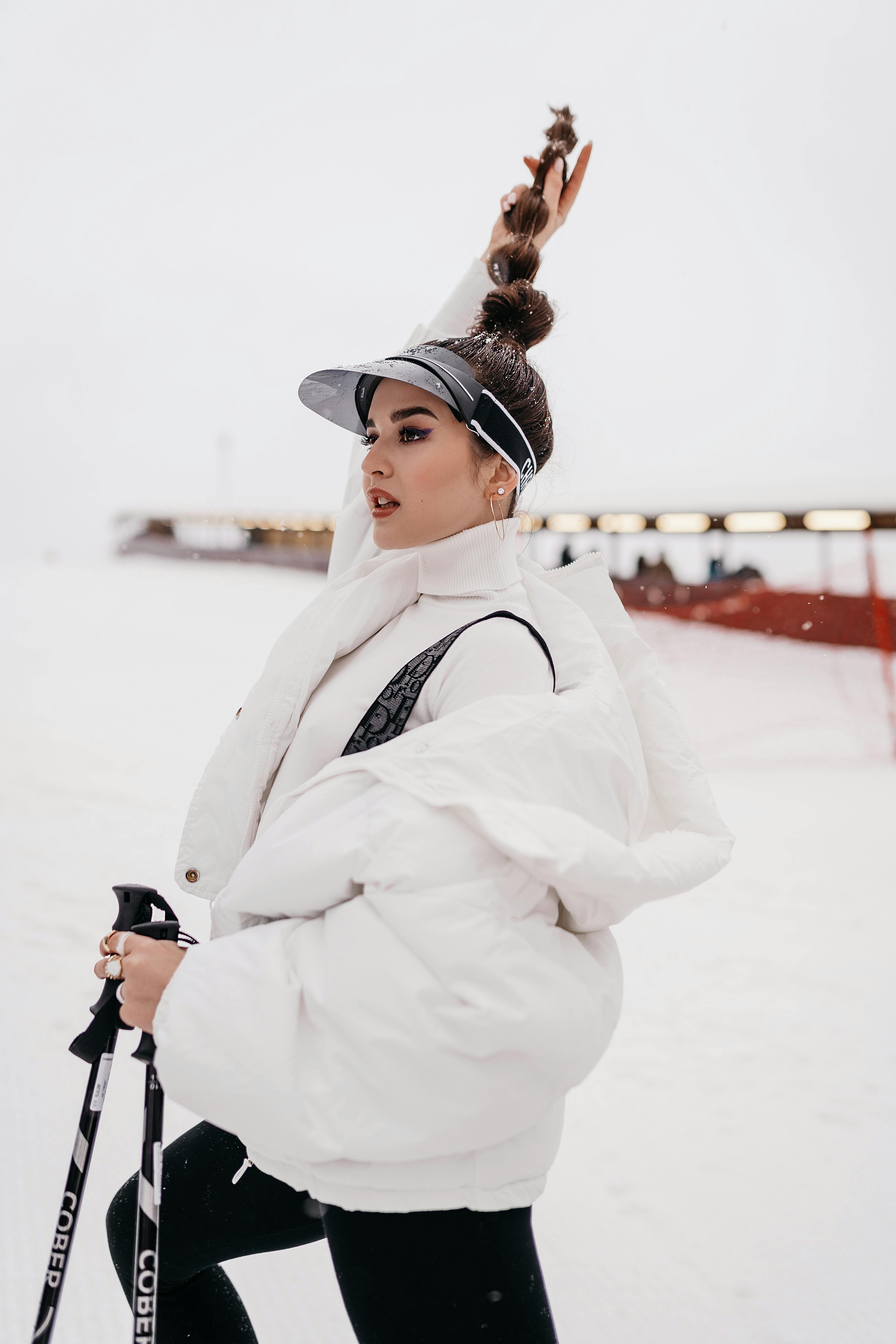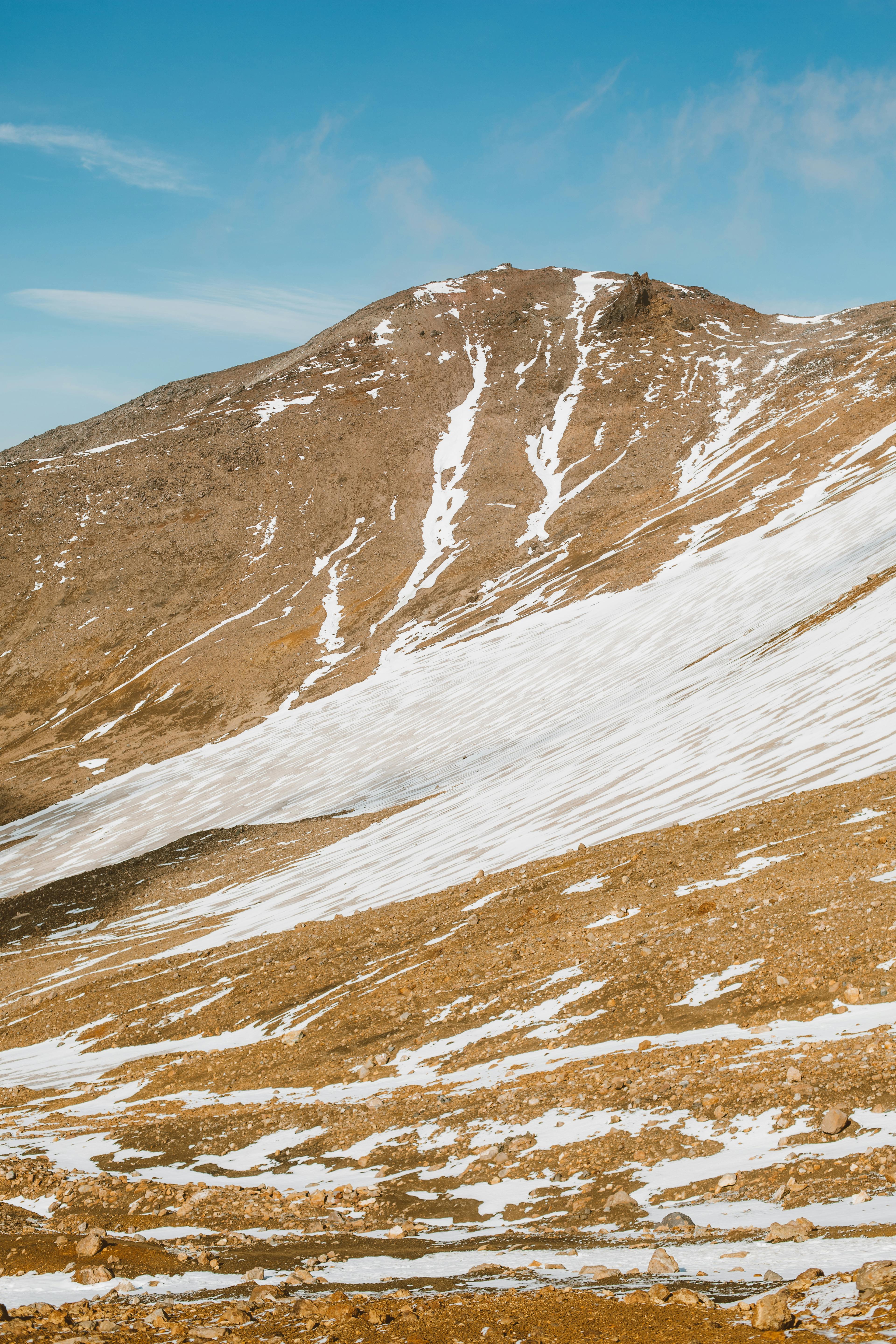How Often Should You Sharpen Your Skis? [5 Key Insights for Skiers]
As I stood on the edge of a mountain peak, the crisp alpine air biting at my cheeks, my heart raced with anticipation. Here I was, once again, on the precipice of an unforgettable descent. These moments of connection—between skier and mountain, between passion and wild freedom—have defined my life since my university days. But there’s one thing that has taken my skiing to the next level: understanding the tools of the trade, especially the condition of my skis.
My Awakening: The Transformative Power of Sharp Skis
Let me take you back to one of my first winters as a ski instructor. It was a powder day—soft, fluffy snow layering the mountain like a dreamscape. I had just sharpened my skis the night before, slightly skeptical that such a small tweak could make a difference. But the moment I swooshed into my first turn, I was a convert. The skis gripped the snow like claws, carving with precision and control I had never experienced before. The confidence that sharp edges gave me transformed not only my technique but my entire relationship with the mountain.
However, I wasn’t quite prepared for what came next: variable conditions. Shift to later that afternoon, and the sun had started to melt the perfect powder into chunky slush, with icy patches lurking in the shadows. Normally, I’d have dreaded the unpredictability of the terrain. But those freshly sharpened skis? Game-changer. They cut through the ice like a hot knife through butter. When I needed them most, my edges held firm, allowing me to dominate gnarly sections that would’ve thrown me off my game just a season earlier.
That day taught me something critical: maintaining sharp ski edges isn’t just about performance—it’s about safety, especially on challenging terrain or icy slopes. And, as every skier knows, the safety and quality of our gear can make or break our time on the mountain.

A Personal Rule of Thumb: When to Sharpen Your Skis
Since that unforgettable day, I’ve adopted practical rules for keeping my skis in peak condition. Here’s the secret—it’s not about a one-size-fits-all answer. The frequency of sharpening depends on several factors, such as skiing style, terrain, and even personal preference. Let me break it down into manageable tips, using wisdom I’ve gathered over the years and feedback from fellow skiers:
1. Fresh Edges = The Icy Conditions Hero
If you’re skiing on hard-packed snow or icy slopes, sharp edges are your best friends. I’ve learned to sharpen my skis every 3 to 5 days of skiing in these conditions to ensure optimal grip and control. I still remember a particular icy run where my edges saved me—adrenaline pumping as I leaned into each turn, my skis gripping instead of sliding. It’s incredible how much sharper edges can increase both performance and peace of mind.
2. Powder Days vs. Groomed Runs
On softer, powder-heavy days, I’ll admit I’m lazier with this maintenance. Powder skiing places less stress on the edges, meaning you can often go 7 to 10 days between sharpenings without compromising performance. However, if you ski groomers regularly, those days require precise carving, so it’s best to stay on top of maintenance.
Pro Tip for Beginners: If your edges feel dull or if you’re struggling to turn as easily as before, that could be a sign it’s time for a tune-up! Diminishing edge sharpness often reveals itself in your inability to carve tight turns.
3. Listen to Your Gear
Just like how a musician constantly tunes their instrument, every skier should “listen” to their skis. I’ve developed an instinct for when they’re ready for sharpening—usually when they start feeling sluggish while turning or, heaven forbid, if I slip more than once on icy patches. Treat your skis like an extension of your body; it’ll revolutionize your connection with the sport.
4. Seasonal Sharpening
At the very least, I recommend sharpening skis once per season at the start of winter. No skier wants to step onto the slopes with unprepared gear after a long summer of inactivity. It’s almost like waking your skis back up, resetting them for the challenges ahead.

Vision That Matches Your Precision: The Overo Edge
Let me take a quick moment to address another vital piece of the skiing puzzle: your vision. As someone who has experienced countless exhilarating descents, I can’t tell you how much of a difference prescription ski goggles have made to my skiing adventures. At Overo Glasses, we developed Overo Prescription Ski Goggle Inserts, purpose-built for skiers who want perfect clarity without compromising comfort or safety.
Imagine carving down a frost-kissed slope with uncompromised visibility, no matter how fierce the weather. Our innovative goggles include features like military-grade anti-fog coating—because the last thing you need while navigating an icy run is fogged-up vision! Whether it’s icy traverses or sunlit mogul runs, sharp eyes and edges work together harmoniously.
My favorite part? The eco-friendly design! Every product reflects my commitment to sustainability and a deep respect for these mountains that I call my second home. It fills me with pride to use and recommend products that prioritize both outstanding performance and care for our planet.

My Hard-Earned Wisdom
Skiing, whether you’re a beginner finding your balance or an expert chasing steep challenges, comes with lessons both big and small. One of the most important lessons I’ve learned is this: small, consistent tweaks to your gear yield monumental impacts. Keeping your skis sharp may seem like a minor detail, but its influence ripples out, elevating performance, safety, and sheer enjoyment of the sport.
Use my story, insights, and practical tips to level up your skiing. There’s no better feeling than soaring down a mountain slope with complete confidence in yourself—and your gear. And, trust me, it’s worth every moment of preparation.
So, the next time you’re wondering whether to sharpen your skis, think back to my story. Think about that life-changing moment when I carved through icy patches with precision, felt the mountain yielding to my control, and became a better skier because of it. Remember, the beauty of skiing lies in mastering the details and letting them enhance the wild freedom of the slopes.
Let’s chase fresh tracks and perfect edges together—here’s to your utterly unforgettable skiing season! 🌨️
Frequently Asked Questions
How often should I sharpen my skis?
The frequency depends on the type of terrain and your skiing habits. For icy or hard-packed conditions, sharpen your skis every 3 to 5 days. On powder days, you can go 7 to 10 days between sharpenings.
How can I tell if my skis need sharpening?
Signs include difficulty carving tight turns, skis feeling sluggish during turns, or slipping more on icy patches. Trust your instincts, and if it feels off, sharpening might be needed.
Do I need to sharpen skis at the start of the season?
Yes, it is highly recommended to sharpen your skis at least once at the beginning of the winter season. This ensures your gear is ready after months of inactivity.
Do powder conditions dull ski edges faster?
Powder places less stress on your ski edges compared to groomed or icy runs. This means the edges don’t dull as quickly, and you can go longer between sharpenings.
Do Overo Prescription Ski Goggle Inserts help with visibility?
Absolutely! The inserts are designed for skiers who need clear vision, offering features like a military-grade anti-fog coating. They enhance visibility in all weather conditions, helping you safely navigate the slopes.
References
- Ski Servicing Workshop - SkiService - A comprehensive guide to ski service and workshop tips.
- How to Sharpen Ski Edges - SkiMag - Learn how to maintain optimal ski edge sharpness.
- Three Ski Tuning Myths Debunked - SkiMag - Debunk common misconceptions about ski maintenance.
- Resharpening with Stones Alone - SkiTalk - A deep dive into manual ski tuning practices.



Share:
5 Hacks to Become a Ski Bum at 50 (Without Going Broke or Losing an Eyeball)
7 Surprising Truths About Ski In Ski Out Lodging You Need to Know